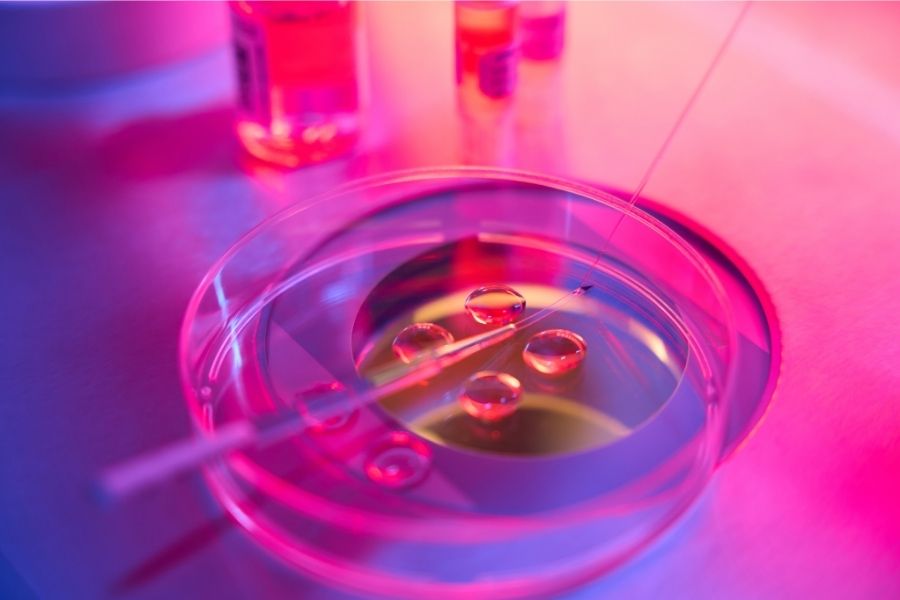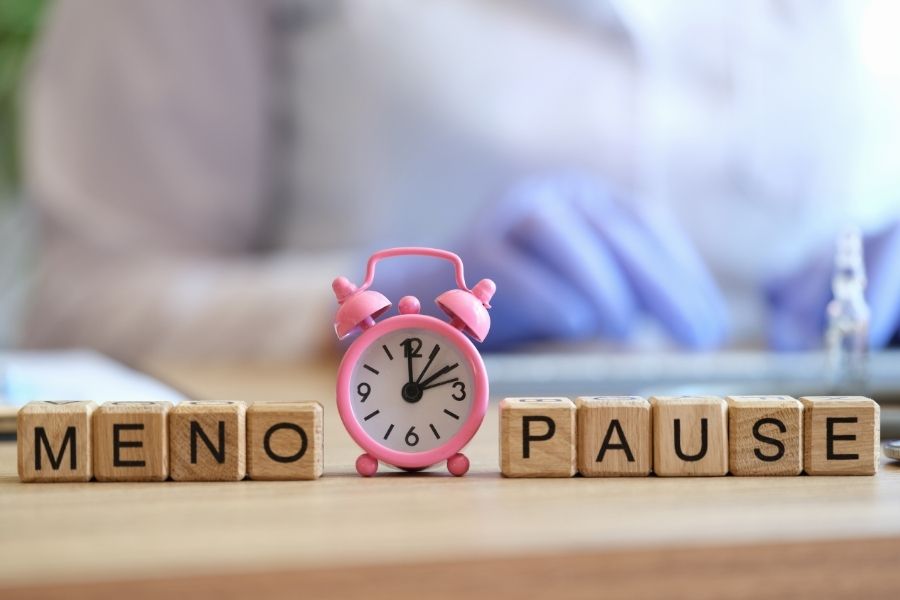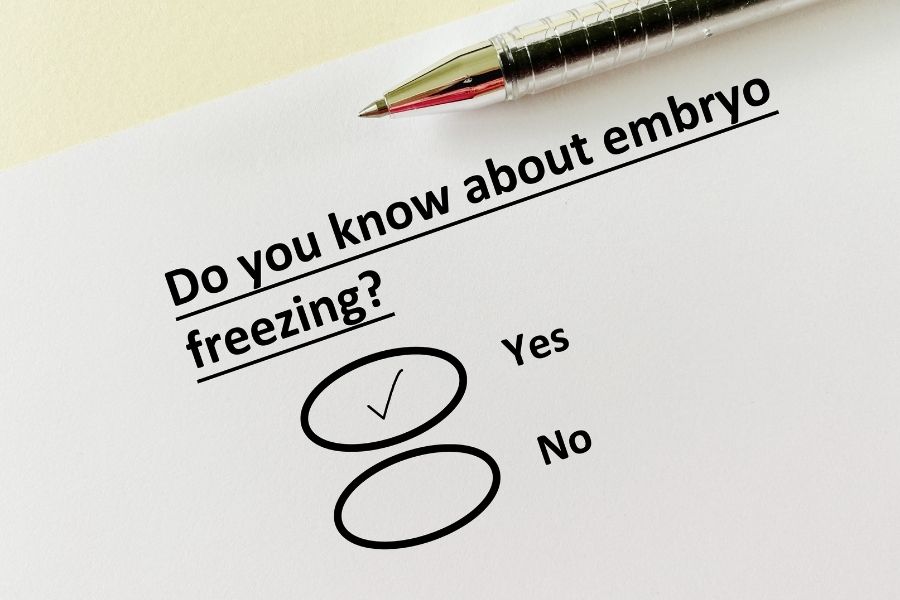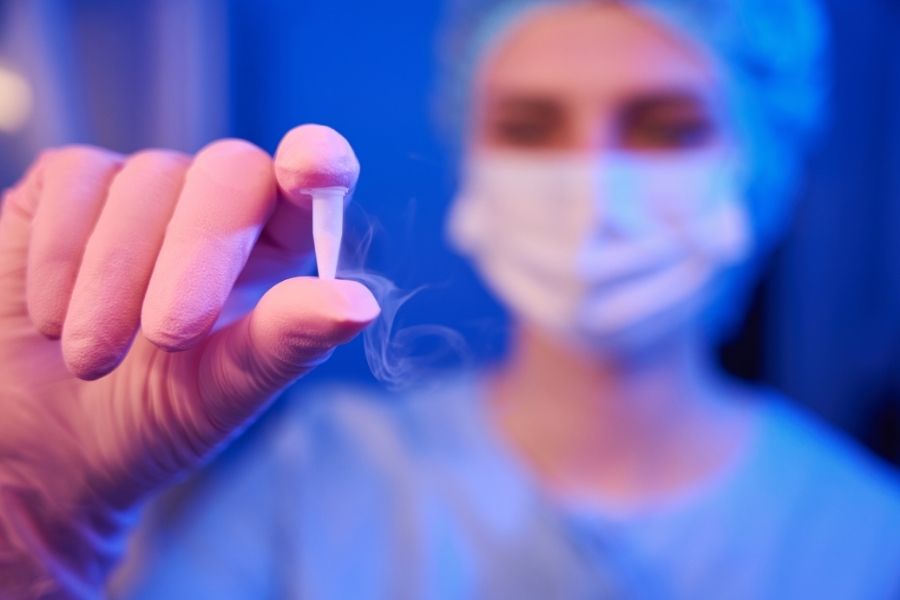In recent years, egg freezing has gained popularity among women in India. Medically called oocyte cryopreservation, the process allows women to preserve ovum or egg cells, which can then be used for future pregnancies, without the cells being affected by health and lifestyle factors. My Kolkata spoke to two city doctors specialising in assisted reproduction to find out more about the process.
What is egg freezing and cryopreservation?
Egg cells or ovum age like the human body does, and in layman’s terms, freezing the eggs allows the cell to remain preserved in the same age at which it is frozen.
Speaking to My Kolkata, Dr Suparna Banerjee, a private practitioner, explained what happens when a woman’s egg cell is cryopreserved. “Freezing stops the cellular activity of the egg. The cytoplasm, which contains water is dehydrated and shrunk, and the cell is preserved in liquid nitrogen in negative temperatures. This freezes every cellular metabolic activity of the egg, but the egg is not dead, and can be woken up after taking out from liquid nitrogen and rehydrating it,” she said.
The revived cell can then be fertilised or fused with a sperm and a pregnancy can be attempted though a form of In Vitro Fertilisation (IVF) called Intracytoplasmic sperm injection (ICSI).

After freezing, the revived cell can then be fertilised or fused with a sperm and a pregnancy can be attempted though a form of In Vitro Fertilisation (IVF) Shutterstock
Earlier, egg cells were preserved using a technique called slow freezing, now it is done through cryopreservation, Banerjee further explained. Cryopreservation refers to preserving biological materials like organs, tissues and living cells in very low temperatures for an indefinite period of time. “Compared to slow freezing, the cryo technique makes it easier to dehydrate and later rehydrate the egg. It has to be done within a few seconds so the exposure of the cell to the outside environment is very low, to prevent cell damage and ensure better recovery rate,” shared Banerjee. Cryopreservation has improved the egg freezing technique, resulting in better success rates.
Why are women opting to freeze their eggs?
Opting for egg freezing gives women autonomy, empowering them to make their own reproductive choices. With the cost of childcare and education rising, most couples opt for later pregnancies. Building a career and gaining financial stability are also contributing factors in women opting to marry and have children later in life.
Cryopreserving ovum helps to keep the egg cells preserved without being affected by a woman’s biological clock, peri menopause or lifestyle factors like stress. The fact that the egg cells remain preserved in their initial age for years combined with IVF also makes it an option for a lot of women who might already have or later develop medical conditions like endometriosis or polycystic ovaries that could hinder a natural pregnancy.

Cryopreserving ovum helps to keep the egg cells preserved without being affected by a woman’s biological clock, peri menopause or lifestyle factors like stress Shutterstock
Dr Kausiki Ray Sarkar, fertility unit in charge at the AM Medical Centre (formerly AMRI Medical Centre), suggests that women should think about preserving their eggs at a younger age. “If an egg is frozen when the woman is 25 and used when she is 35, the age of the egg remains 25, which prevents the egg from being affected by issues like stress,” she explained. It is legal to freeze eggs from 18 years, and women in their 20s and early 30s usually have better success rates.
If a woman conceives naturally later in life, having opted for egg freezing earlier, she has to give permission to the clinic to thaw the egg(s) and destroy them.
The process can also help determine genetic illnesses, and women can choose to get a screening done ahead of opting for the procedure. “Geneticists can help to find out if there are any genetic illness traits by genetic mapping,” explained Ray Sarkar.
What are the processes involved?
A primary parameter before opting for egg freezing is the assessment of ovum. The production and health of egg cells can be different for women even at the same age. For example, for two women who are both 36 years old, one can have abundant eggs, while the other might not have enough, and be heading towards menopause. A woman approaching menopause will tend to have a lower number of eggs, which also increases the chances of damage of the egg during the freezing-thawing process. Basic and specialised blood tests, like that for AMH (anti-Müllerian hormone) help assess if a woman is perimenopausal, check ovarian reserve, and also estimate how many eggs are viable for the procedure. Along with blood tests, a trans-vaginal scan (TVS) is conducted to check the number of antral follicles — sacs with immature eggs found in the ovaries.

A woman approaching menopause will tend to have a lower number of eggs Shutterstock
After ultrasounds and hormone monitoring, which also involve subcutaneous hormonal injections (SubQ or SQ), the final extraction procedure is performed under general anaesthesia. “It is a low risk procedure, because it is a monitored cycle, and nothing goes unnoticed,” said Banerjee, adding that for women who have fewer eggs, doctors suggest egg pulling, where eggs are extracted from more than one cycle.
For those leading busy work lives, the short procedure time is a pro. “One doesn’t need to take time off for this procedure. The egg retrieval procedure takes approximately five minutes, and the patient is released the same day in a few hours. She can attend the office the next day without any hassle and lead a normal life,” shared Ray Sarkar.
What is the success rate and what is embryo freezing?
There are two ways women can choose to preserve their ovum — egg freezing and embryo freezing. The latter involves the same process, except it is done after the ovum and sperm has been fused and an embryo is produced.
“To understand success rate, it is important to primarily understand egg reserves in a woman. Egg freezing is more difficult because an egg is a single cell, while an embryo is multi cellular. In egg freezing, the method is very precise because since it is a single cell, and if damaged, it won’t survive,” explained Banerjee.
Embryo freezing has approximately 95 per cent chances of recovery, while the chances are approximately 70 per cent for egg freezing.

Embryo freezing is done after the ovum and sperm has been fused and an embryo is produced Shutterstock
What are the cons and side-effects?
The process of freezing eggs or embryos is internationally accepted and there are no major cons, said Ray Sarkar. “Ethically and legally, there are no cons, and this is government approved. Anyone battling with endometriosis or polycystic ovary can consider these options,” she added. However, like with any medical procedure there are a few, albeit low occurring, risks and discomfort.
Since the extraction is done under general anaesthesia, the risks related to anaesthesia apply in this case as well. There is a small possibility of injury since a needle is used to puncture [the ovarian follicles through the vaginal wall]. However, it is unlikely to happen, explained Banerjee. “It has never happened to me before. The process is ultrasound guided and done with extreme caution and precision. Otherwise, it is a daycare procedure and we are doing it day in, day out. It is quite safe,” she added.
The trans-vaginal ultrasound might be uncomfortable and difficult for women with no prior sexual experience or with past trauma. The subcutaneous hormonal injections given through the process can cause a surge of estrogen. This could lead to mood swings and emotional turmoil. Cramping and bloating are also possible side effects, but it varies from patient to patient.
How much does it cost?
Based on the clinic, medicines and cost of processes and tests, an IVF cycle can cost between Rs 1,50,000 and Rs 3,00,000. A patient might have to undergo the egg freezing process more than once.
